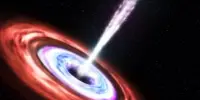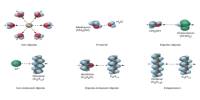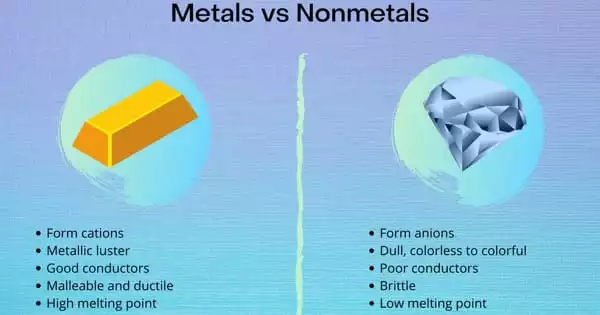Physicists are well aware of the enormous gap between quantum physics and gravity theory. Theoretical physics has presented some plausible speculation to bridge this gap and to characterize the behavior of complicated quantum many-body systems, such as black holes and wormholes in the cosmos, in recent decades.
Now, a theory group at Freie Universität Berlin and HZB has confirmed a mathematical conjecture regarding the behavior of complexity in such systems in collaboration with Harvard University in the United States, bolstering the bridge’s practicality. The research was published in the journal Nature Physics.
“We have found a surprisingly simple solution to an important problem in physics,” says Prof. Jens Eisert, a theoretical physicist at Freie Universität Berlin and HZB. “Our results provide a solid basis for understanding the physical properties of chaotic quantum systems, from black holes to complex many-body systems,” Eisert adds.
Quantum complexity theory is a branch of computational complexity theory concerned with the definition of complexity classes using quantum computers, a computational model based on quantum physics.
It investigates the difficulty of computational tasks in relation to these complexity classes, as well as the link between quantum and classical (non-quantum) complexity classes.
We have found a surprisingly simple solution to an important problem in physics. Our results provide a solid basis for understanding the physical properties of chaotic quantum systems, from black holes to complex many-body systems.
Prof. Jens Eisert
The Berlin physicists Jonas Haferkamp, Philippe Faist, Naga Kothakonda, and Jens Eisert, along with Nicole Yunger Halpern (Harvard, now Maryland), have proven a postulate that has enormous ramifications for complicated quantum many-body systems using only pen and paper, i.e. purely analytically.
“This plays a role, for example, when you want to describe the volume of black holes or even wormholes,” explains Jonas Haferkamp, PhD student in the team of Eisert and first author of the paper.
Circuits of so-called quantum bits can recreate complex quantum many-body systems. The question is, how many basic actions are required to achieve the desired state?
On the surface, it appears that the system’s complexity is always increasing at this minimum number of operations. The quantum complexity of a many-particle system should first rise linearly for astronomically long times before remaining in a state of maximum complexity for much longer, according to physicists Adam Brown and Leonard Susskind of Stanford University.
The behavior of theoretical wormholes, whose volume appears to develop linearly for an infinitely long time, prompted their hypothesis. In fact, from two separate views, it is hypothesized that wormhole complexity and volume are one and the same quantity.
“This redundancy in description is also called the holographic principle and is an important approach to unifying quantum theory and gravity. Brown and Susskind’s conjecture on the growth of complexity can be seen as a plausibility check for ideas around the holographic principle,” explains Haferkamp.
The team has now demonstrated that the quantum complexity of random circuits increases linearly with time until it saturates at a time that is exponentially proportional to the system size.
Such random circuits are an effective model for many-body system dynamics. The difficulty in proving the conjecture stems from the fact that “shortcuts,” or random circuits with significantly lower complexity than expected, can’t be ruled out.
“Our proof is a surprising combination of methods from geometry and those from quantum information theory. This new approach makes it possible to solve the conjecture for the vast majority of systems without having to tackle the notoriously difficult problem for individual states,” says Haferkamp.
“The work in Nature Physics is a nice highlight of my PhD,” adds the young physicist, who will take up a position at Harvard University at the end of the year.
He can continue his studies as a postdoc there, preferably using pen and paper and in exchange with some of the top brains in theoretical physics.
















